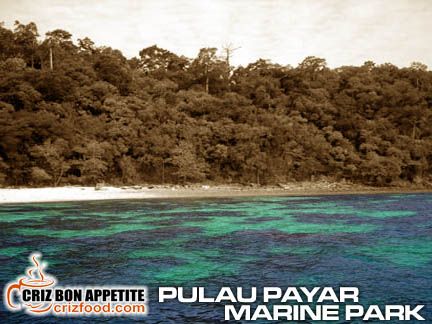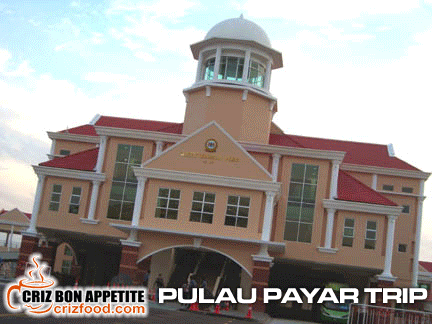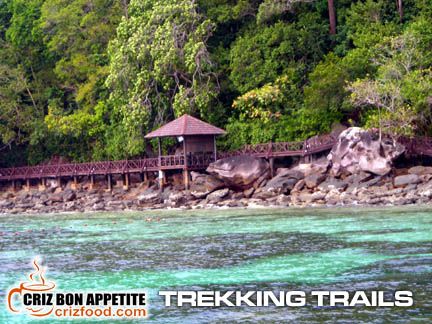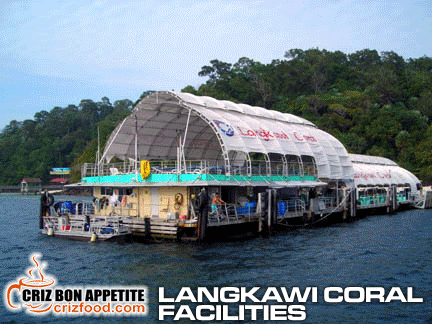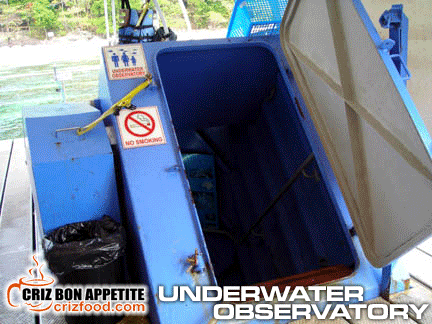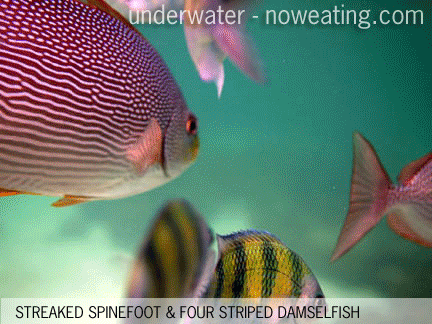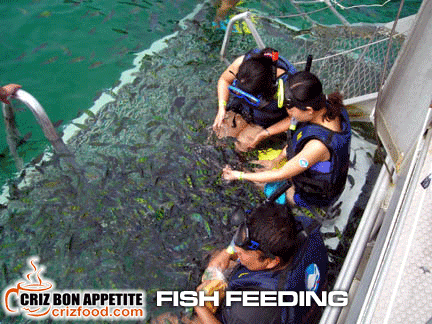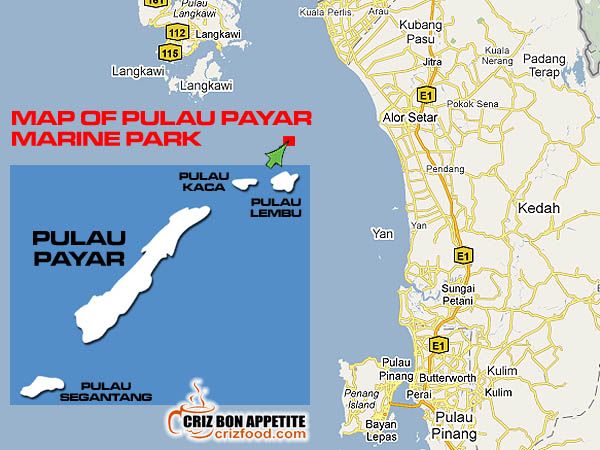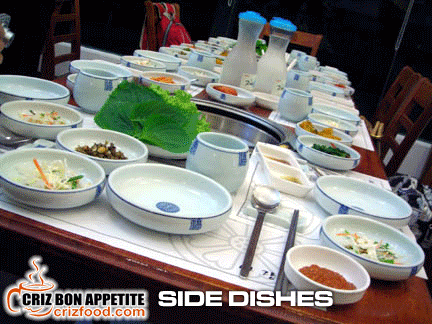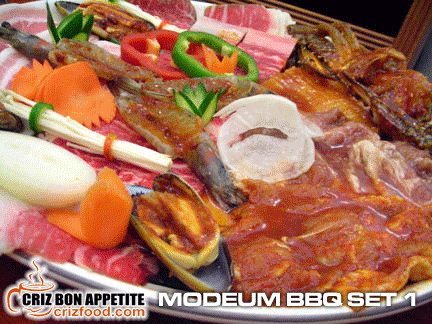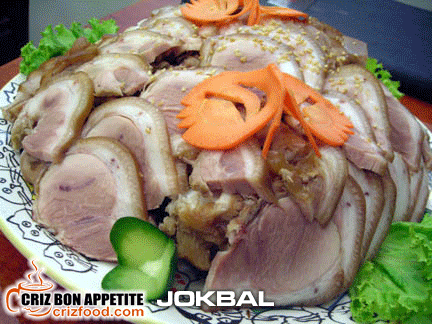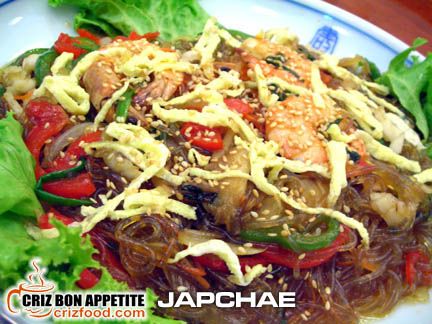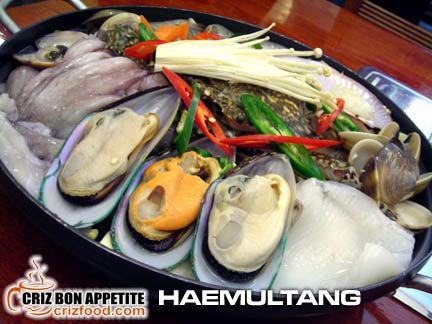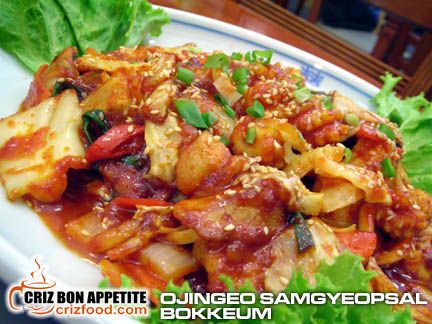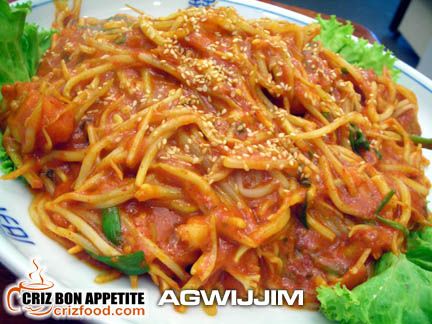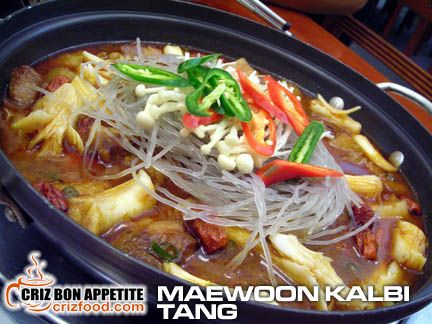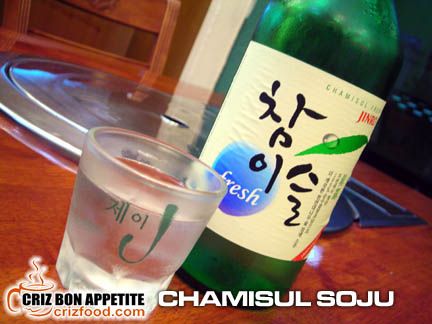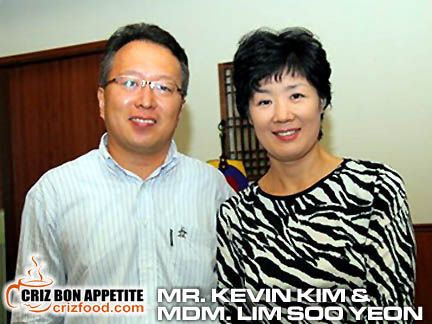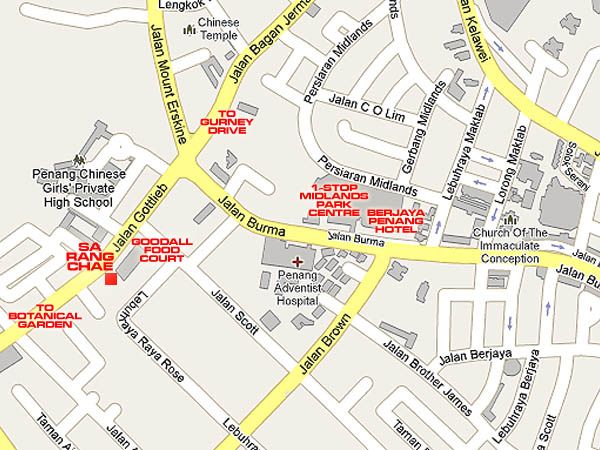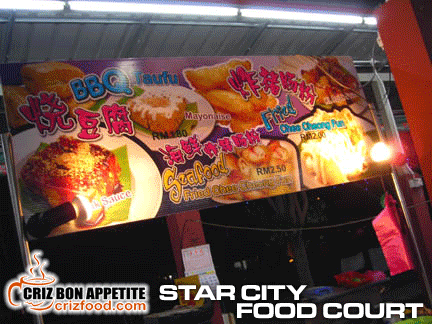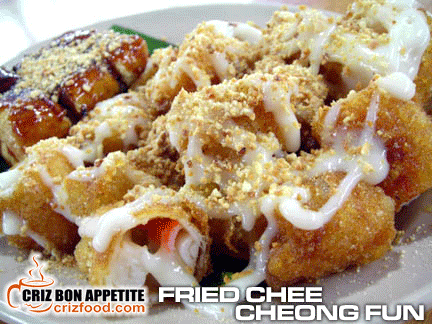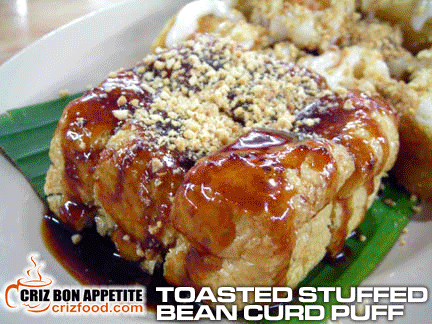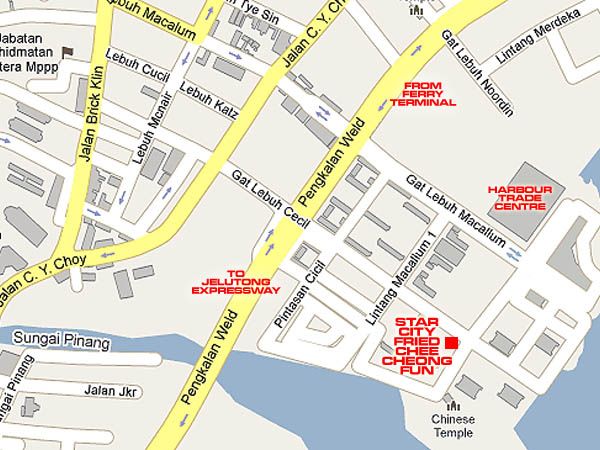With the Chinese New Year just barely two weeks away from now, you might wonder what the heck I was doing coming out with a recipe for a local noodle dish when I can easily get it from any of the hawker stalls outside at barely $1 (RM3). Well, I have a surprise fusion recipe in store during this coming reunion dinner cooking in which I would require the stock from this dish. LOL! Anyway, coming out with the home cooked, non-MSG stock has been quite an achievement as it involved months of collections – prawn shells. It may sound crazy for many but these prawn shells would be the main secret behind the thick, tasty and aromatic flavors of the PENANG HOKKIEN PRAWN MEE (檳城福建蝦麵) recipe which I would be sharing with you today. For those who would like to have a simpler recipe, this recipe would not suit you as it involved lots of processes and it can be real time consuming. After all, great tasting food would not be easy to prepare right? 😛

INGREDIENTS:
Chili Paste:
10 tbsp chili boh (about 35 deseeded, soaked dried chilies – blended in 3-4 tbsp water)
15 shallots (blended)
6 cloves garlic (blended)
Stock:
2kg pork bones (big bones/tua kut)
2-3kg prawn shells (blended)
2pc rock sugar (ping pong ball size)
Garnishing:
500gms pork
1kg prawns
6 eggs (hard boiled)
300gms bean sprouts (remove roots if possible)
Some fried shallots
5-6 stalks of morning glory (kangkung – optional)
300gms pork ribs/trotters (optional)
150gms pork fat (cubed & fried until crunchy – optional)
Others:
1kg yellow noodles (chow mien)
1pkt rice vermicelli (bee hoon)
1pkt instant noodles (optional)
Water
Salt
Pepper
Rock sugar
Soy sauce
Oil
PREPARATION:
1. Wash all the bones clean with salt and slowly put all of them into a big pot of boiling water (about 20 cups). Lower the fire, close the pot with a lid and let it simmer for about 2 hours. Filter out all the bones and you would get about 15 cups of stock.
2. Heat up about 7-8 tablespoon of oil in a wok and sauté the blended garlic and shallots (do leave 1 tbsp of the blended shallots for the cooking of stock) for about 5 minutes under low fire. Add in the chili boh and sauté until fragrant. Add in a pinch of salt. It would take about 15 minutes. Scoop and put aside the chili paste while leaving about half a tablespoon in the wok.
3. Heat up the wok again with additional 1 tablespoon of oil and put in all the prawns. Stir fry until all the prawns are curled up beautifully. Scoop and leave aside. You may slice these prawns into halves or leave it as it is. I left a few of the prawns with the tails intact just for photography presentation purposes.
4. Using the same wok again, heat up 4 tablespoon of oil. Put in the blended prawn shells (drain the shells as dry as possible while keeping the remaining juice for the stock). Saute the shells until you get that thick aromatic prawn smell. By then, the shells would be in bright crystal orange color. Pour in the remaining juice from earlier plus another 3-4 cups of water. Let it simmer under low fire for about 2 hours.
5. While waiting for the prawn stock to be ready, heat up 2 tablespoon of oil in a soup pot and sauté the reserved 1 tablespoon of blended shallots for about a minute. Put in about half to one tablespoon of the cooked chili paste (depends on your spicy level). Mixed well and add in the bone stock. Bring to boil and add in the pork pieces/pork ribs/trotters. Lower the fire to simmer further.
6. By then, your prawn stock would be almost ready. Slowly and carefully sieve the prawn stock (leaving out all the shells) into the pork stock pot. Bring to boil while adding in 2-3 tablespoon of soy sauce, rock sugar, a sprinkle or two of pepper and salt to taste. Remove the foam on the surface while retaining some of the floating oil. The oil would keep the soup at a high boiling point.
7. Lower the fire and check if the pork ribs/trotters and cooked meat are tender. Scoop up in separate bowls. Sliced the meat thinly. Leave all aside for garnishing later.
8. Cut the hard boiled eggs into halves, quarters or rings to your liking.
9. Heat up a wok of water and blanch the bean sprouts and morning glory (1.5” length) separately. Make sure you drain the excess water well. Set both aside.
10. Soak the rice vermicelli (bee hoon) for about half an hour (or according to the directions on the pack). Blanch to soften it. Drain well. Do the same for the yellow noodles (if possible get the higher quality ones which would be thinner and would not have the “lye water” after taste). Instant noodles too can be an option.
11. To serve, place some bean sprouts and morning glory at the base of a deep and roomy bowl. Add in your preferred noodles then top with some prawns, sliced meat, pork ribs and egg. Pour some boiling soup over the noodles and garnish with some fried shallots and chili paste for that extra spiciness. Some may even want to garnish the noodles with some crunchy pork lard but I opted that out for health reasons.
Secret Notes:
1. The secret for a good tasting bowl of Hokkien Mee stock lies in the species of prawns used in the cooking. There are hundreds of species in the world and the most suitable one would be the Green Shell Prawns (Cheh Kak Hae, almost similar to the Australian Fenneropenaeus indicus species but with a slightly darker grey-green body) found commonly in the water of this region. Tiger prawns (Marsupenaeus japonicus, Penaeus esculentus or P. semisulcatus depending on your region) should not be used as these species have an overpowering shellfish taste which would not be suitable for the stock.
2. Some people may use a small piece of shrimp paste (belacan to pep up the taste of the stock). I did not use it due to the product being not easily obtainable internationally. Moreover, the raw ingredients used for my home cooked version of the stock were already sufficient enough.
3. For the sweetness and color of the stock, most people would use palm sugar (gula Melaka). For my case, I prefer the usage of rock sugar for a more natural and milder sweetness. After all, the soy sauce would have the required faded brown color for the stock
4. Another secret to thicken the stock would be by using some finely pounded bread rusk, a sort of unsweetened dry bread normally used with meat to bind them well. I did not use this method as my stock was already almost gelatin-like with the large amount of bones used.
5. Chicken bones may be use to substitute the pork bones but it would not give you the thick and meaty flavor required for the stock.
6. Roasted pork pieces, fish cakes, fish balls, pork intestine (粉腸), pork skin and baby kailan (Chinese broccoli or kale) may be added if you need a richer bowl of Hokkien Mee.
(Serves: 10 and above)
YOU CAN CHECK HERE FOR MORE RECIPES.
